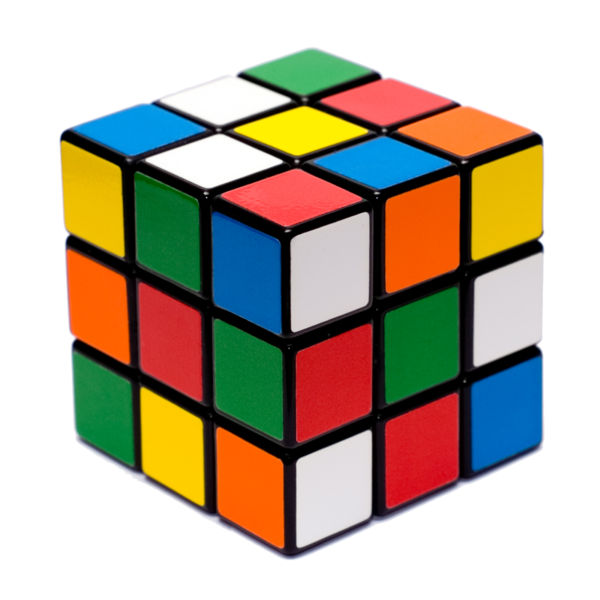Prime numbers, numbers which are only divisible by 1 and themselves, are probably familiar to everybody from grade school as they’ve been studied intensely going back to the ancient Greeks. Back in the 17th century a monk named Marin Mersenne thought he had a formula that would produce primes every time. He didn’t, but his formula still seems to produce them a significant part of the time, and in particular it’s currently the best bet to produce hitherto-unknown large prime numbers. And by large we mean LARGE: the largest known prime is nearly 13 million digits long. If you wrote 10 digits per inch, that prime would still stretch over 20 miles long!
This report from NPR describes the Great Internet Mersenne Prime Search (GIMPS for short), which is how many of these large Mersenne primes have been discovered. GIMPS distributes a free, downloadable program that runs on any computer and helps in the search by using portions of your computer’s downtime. Instead of being in screen saver mode your computer, together with about 30,000 other computers worldwide, takes part in some computations. There’s prizes involved, too: if your computer is the one that finds the next Mersenne prime, you could win $3000 dollars. (If and when a prime with 100,000,000 digits is found, then a prize of $150,000 is up for grabs!)






